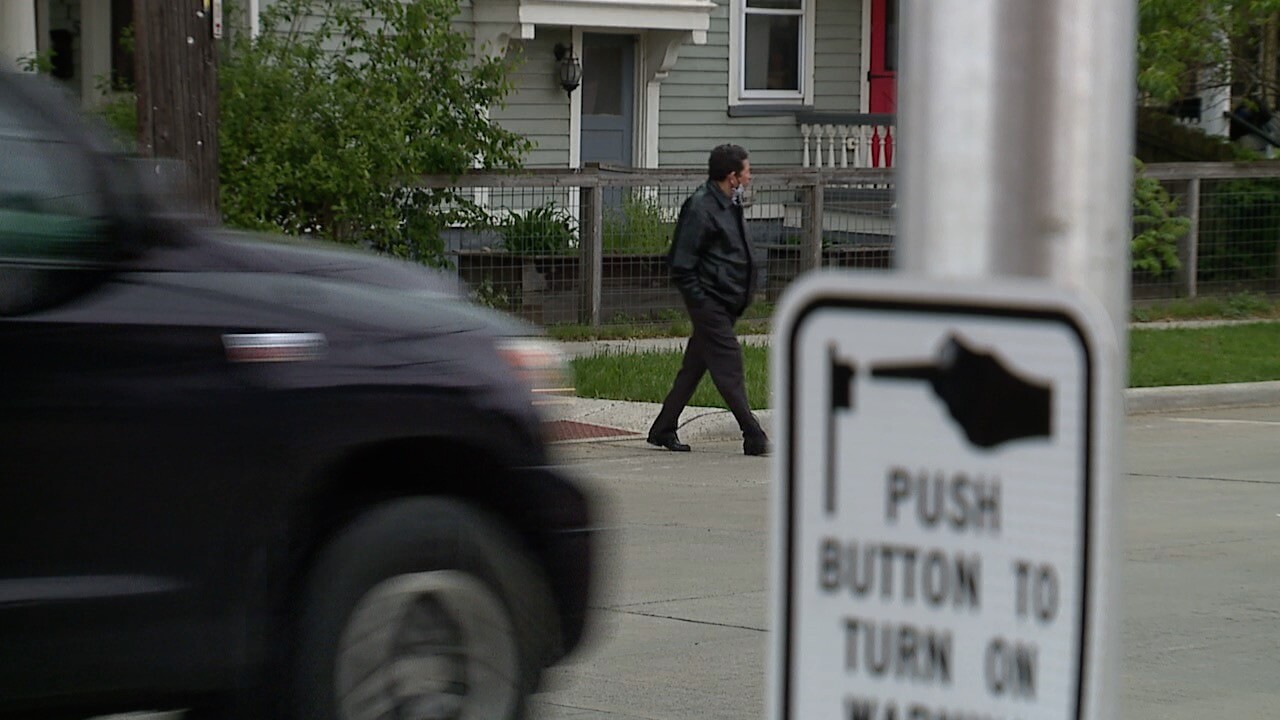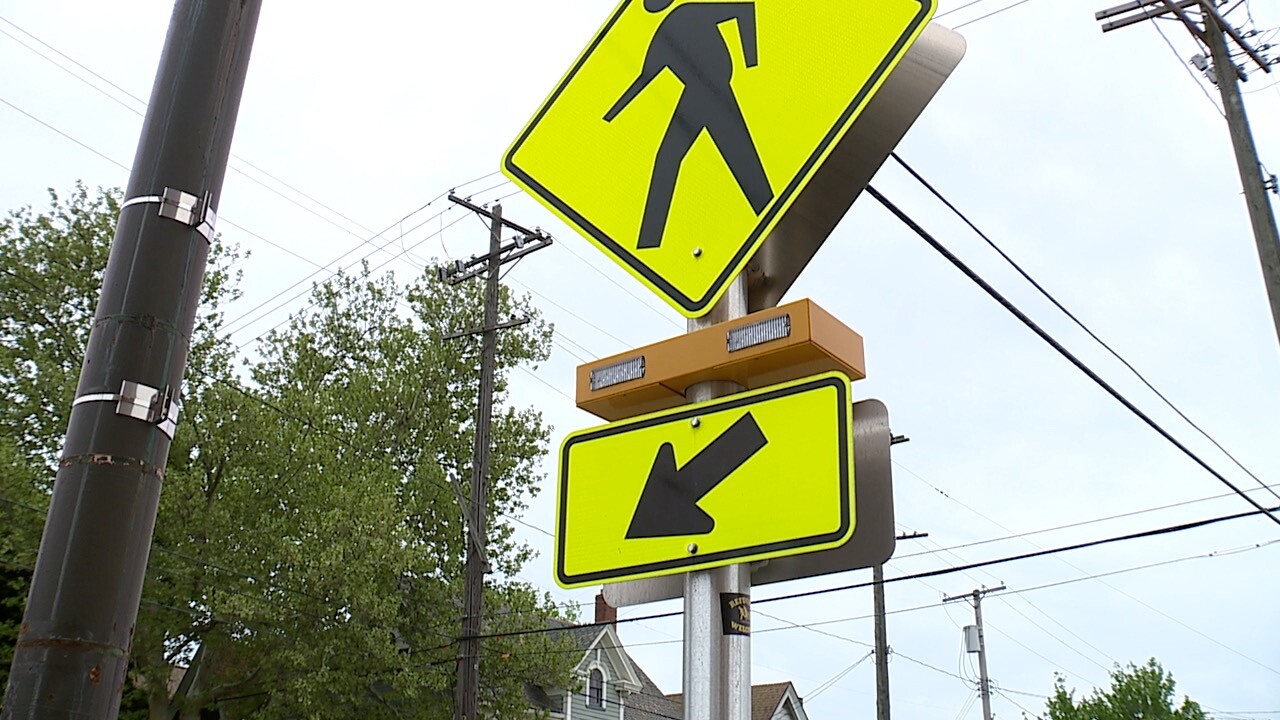CLEVELAND — The Cleveland City Council’s Transportation and Mobility Committee passed out of committee Wednesday the so-called "complete and green streets" ordinance, which would bring significant changes to how the city reviews and designs future road projects. The ordinance, which has been championed by Ward 3 Councilman Kerry McCormack — who has also been joined in support by Major Justin Bibb — would more forcefully require the city to consider other modes of transportation when designing future road projects as well as the possible implementation of "traffic calming" features like raised crosswalks, "speed tables" and median islands in future projects.
The ordinance seeks to replace a similar ordinance passed in 2011 that has fallen short of expectations, proponents argue, because of the number of exceptions built into the language of the legislation. The more forceful version of the legislation that was passed out of committee on Wednesday comes as traffic and pedestrian deaths have increased in recent years, especially in Cleveland, whose notoriously wide roads potentially embolden drivers to travel well in excess of the speed limit. The ordinance also comes after the tragic hit-and-run death of a 5-year-old girl last month.
“Public safety is something that I hear about constantly from my residents,” McCormack said. “This morning, I got an email from a resident furious about Fulton Road and traffic on Fulton as an example.”

Completed in 2020, the design and reconstruction of Fulton Road south of Lorain Avenue has been criticized for its shortcomings when it comes to the lack of traffic calming features and the removal of traffic control devices, including a stoplight at Fulton Road and Chatham Avenue. Since the road reopened, the number of drivers speeding above the 35 mph limit has increased — and so too has the number of crashes.
“It’s been horrible. The speed is insane. People are going anywhere from 50 to 65 mph,” said resident Gina Matteucci, who lives off of Fulton Road. “Because they took the light out, it just an opportunity for people to cruise through and they really don’t care about pedestrians walking through.”

A complete street is a transportation policy and design approach that requires streets to be planned, designed, operated and maintained to enable safe, convenient and comfortable travel for all users — not just those driving cars.
Under the ordinance, an independent advisory group comprised of mayoral and city council appointments would be tasked with ensuring tenants of the complete streets policy are reviewed and, if appropriate, implemented. The ordinance also requires city planners to consider additionally safety features like protected and dedicate bike lanes, sidewalk bumpouts at intersections, raised crosswalks, speed tables and other traffic calming features in their designs.
Officials were quick to note that the ordinance will not impact the funding allocated for neighborhood street resurfacing projects nor does the ordinance require these traffic calming devices to be built as part of every future project.
Common sense will guide their decisions, officials said.
“The resources recommended in the legislation will guide the strategic and common sense approach to complete streets in Cleveland,” said Jacob Van Sickle, the executive director of Bike Cleveland, a nonprofit advocacy organization that has long clamored for a greater focus on multi-modal road design. “We can’t afford to keep our streets as they are. In 2021, traffic crashes cost Cleveland’s economy over $3.6 billion, according to data analysis from a Bike Cleveland volunteer using data from ODOT.”

Since 2017, there have been 13,637 pedestrian-related crashes in the state of Ohio. Bicyclists have been involved in 6,323 crashes.
The ‘green’ component of the ordinance stipulates that future road designs consider the implementation of special landscaping features and building materials that reduce storm water runoff.
“Streets are one of the city’s greatest networks of public space and I really think we need to begin thinking of it as such,” said Joyce Huang, the city’s planning director.

